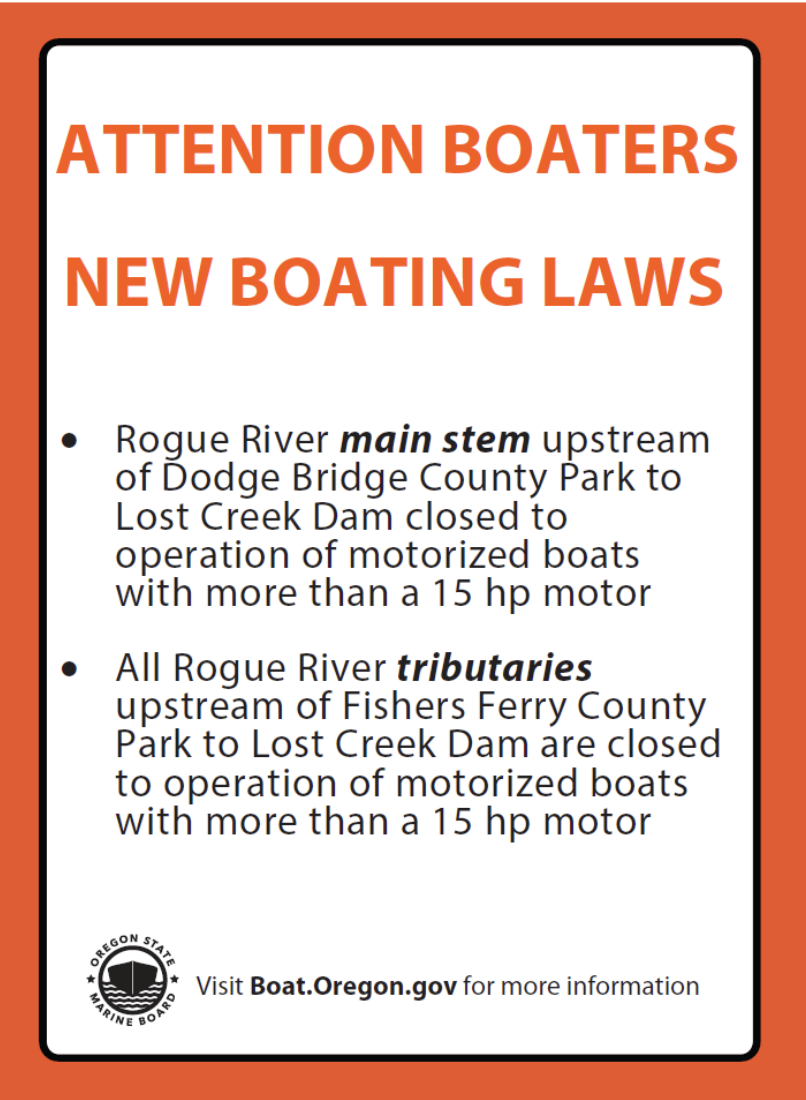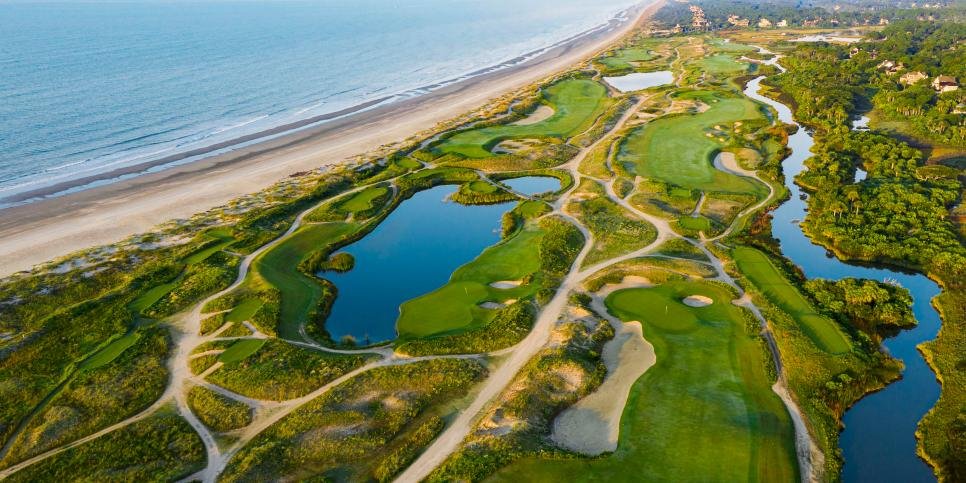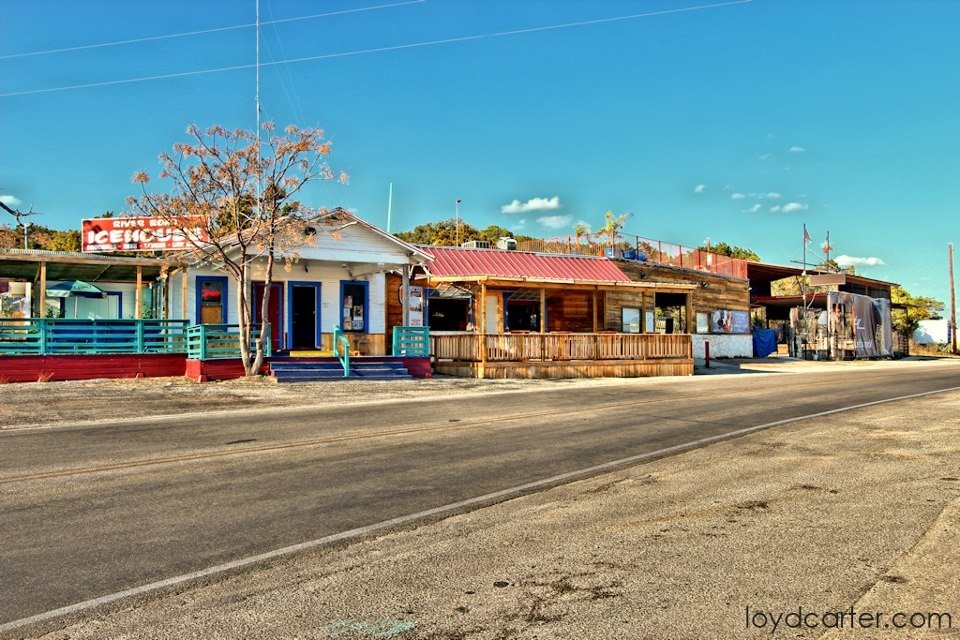News of a fatal accident on hutchinson river parkway today serves as a tragic and sobering reminder of how quickly circumstances can change, demanding our utmost attention whether on asphalt or on the water. While our hearts go out to those involved in the roadway incident, for the boating community that frequents the adjacent Hutchinson River, this news should act as a critical prompt to re-evaluate our own safety protocols. The principles of vigilance, preparedness, and responsible operation are universal. This incident underscores the importance of understanding navigational hazards, practicing diligent vessel maintenance, and always prioritizing a safety-first mindset before ever leaving the dock. For every boater who enjoys the scenic passages from Eastchester Bay to City Island, this is a moment for reflection on the responsibilities we carry.

Understanding the Hutchinson River Waterway
The Hutchinson River offers a unique boating experience, a ribbon of water weaving through a dense urban and suburban landscape. It’s a corridor that presents a mix of serene stretches and bustling commercial traffic, demanding a versatile skill set from any captain. Unlike the open waters of the Long Island Sound, the river is characterized by narrower channels, bridge abutments, and variable depths. These features, while part of its charm, are also potential hazards for the unprepared. The flow of traffic is not just recreational; you’ll share the space with everything from kayaks and paddleboards to larger commercial vessels, each creating its own wake and requiring a different approach to navigation. Understanding the local charts, being aware of bridge clearances at different tides, and respecting the marked channels are not just best practices here; they are essential for a safe voyage.

Navigational Parallels: Dangers on the Road and the River
It is surprisingly easy to draw parallels between the causes of accidents on a parkway and the potential for disaster on a waterway. Speeding on a highway has its direct counterpart in operating a boat too fast for the conditions, especially in no-wake zones or crowded areas. A driver’s blind spot is akin to a boater’s obstructed view around a bend in the river or behind the sails of another vessel. Perhaps the most dangerous parallel is impaired operation. Driving under the influence is a well-known peril, and Boating Under the Influence (BUI) is equally deadly, severely impairing judgment, coordination, and reaction time when they are needed most.
As seasoned marina operator, Captain Miles Corbin, often advises, “People relax on the water and sometimes let their guard down. They forget that a 30-foot cruiser doesn’t have brakes. Your best safety tool is situational awareness—constantly scanning 360 degrees, just as you would check your mirrors in a car.”
Distracted boating, driven by phone calls, complex GPS adjustments, or even just chaotic activity on deck, is a growing concern. A moment of inattention on the Hutchinson River can be just as catastrophic as a moment of inattention on the parkway that runs beside it. The core lesson is that the vehicle may change, but the laws of physics and the need for undivided attention do not.

Your Pre-Launch Safety Checklist After a Hutchinson River Parkway Accident Today
The news of an incident nearby should galvanize every boater to be more meticulous. Before you even think about casting off the lines, a comprehensive pre-launch check is non-negotiable. This isn’t about a rigid, time-consuming process but about building smart, life-saving habits. Start with a thorough visual inspection of your vessel. Check the hull for any new dings or damage, ensure your lines are in good condition, and confirm that all required safety equipment is not only on board but also easily accessible. This means making sure your personal flotation devices (PFDs) are the correct size for every passenger and not buried under piles of gear. Your fire extinguishers should be fully charged and in their designated bracket.
Beyond the physical gear, a modern boater must check the environmental conditions. This involves more than a quick glance at the sky. Review the detailed marine forecast, paying close attention to wind speed and direction, potential storms, and tide schedules, which are particularly crucial for navigating under the river’s bridges. Finally, ensure your communication devices are working. A VHF radio is your most reliable link to the Coast Guard and other boaters, so perform a radio check. Let someone on shore know your float plan—where you’re going and when you expect to return. This simple communication can be a lifeline in an emergency.
Why a Personal Flotation Device (PFD) is Your Best Friend
We cannot talk about water safety without putting a major emphasis on the personal flotation device. It is, without a doubt, the single most important piece of safety gear on your boat. Statistics from the U.S. Coast Guard consistently show that in the vast majority of fatal boating accidents, the victims were not wearing a PFD. Many people have a false sense of security, believing they are strong swimmers or that they will have time to grab a life jacket in an emergency. The reality is that accidents happen in an instant. A sudden wake, a mechanical failure, or a submerged object can throw you into the water before you even have time to react.
Modern PFDs are a far cry from the bulky, uncomfortable orange vests of the past. There are incredibly lightweight and low-profile inflatable options that you’ll barely notice you’re wearing. For kayakers, paddleboarders, and anyone engaging in watersports, a well-fitted, non-restrictive PFD is essential. The best life jacket is the one you are wearing.
“I’ve been on countless search and rescue calls,” says Captain Corbin. “The story is almost always the same. We find the life jackets floating inside the capsized boat. Make it a rule: if you’re on deck, you’re wearing it. It’s a simple rule that ends all debate and saves lives.”
Navigating with Proactive Awareness
Safe navigation is far more than simply pointing your bow where you want to go. It is a dynamic state of proactive awareness. This means constantly anticipating the actions of other boaters around you. Does that boat up ahead look like it’s about to make a sharp turn? Is that larger yacht throwing a wake that could be hazardous for the smaller kayaks near the shore? You must also be intimately familiar with the “rules of the road” on the water—knowing who has the right of way in crossing situations and how to properly overtake another vessel.
Furthermore, awareness extends to what’s beneath the surface. The Hutchinson River has areas with submerged rocks and shifting sandbars, especially near its mouth at Eastchester Bay. Relying solely on your eyes is not enough. You must consult your charts and use your depth sounder, especially if you are venturing outside the main marked channel. This constant mental processing of your surroundings—other boats, navigational aids, water depth, and weather—is what separates a responsible skipper from a liability on the water.
What To Do If You Witness an Emergency on the Water?
Witnessing an emergency is a startling experience, but your calm and correct actions can make a life-or-death difference. The first and most critical step is to ensure your own vessel is not put in danger. You cannot help others if you become a victim yourself. Assess the situation from a safe distance. Next, use your VHF radio to issue a Mayday call on Channel 16. If you do not have a VHF, call 911 immediately.
When making the call, provide the “four Ws”: Who you are (your vessel’s name and description), Where you are (your precise location or GPS coordinates), What the problem is (capsized boat, person in the water, fire), and the Number of people who may be in danger. If it is safe to do so, you can approach the scene to render aid. A throw-able flotation device is the best tool to assist someone in the water without endangering them or yourself. Keep the person or people in sight until help arrives, and be prepared to relay updated information to rescuers.
The tragic reality of the fatal accident on hutchinson river parkway today reminds us all that safety is not a passive concept but an active, ongoing commitment. For the boating community, this means treating every trip with respect for the power of the water and the responsibility we have to ourselves, our passengers, and every other vessel sharing the river. By embracing a culture of preparedness, awareness, and caution, we can ensure that our time on the beautiful Hutchinson River remains a source of joy and recreation, not tragedy.
Reviews
Jessica Albright
★★★★☆
My family and I often kayak the lower part of the Hutchinson River near Pelham Bay Park. It’s generally a peaceful paddle, but you absolutely have to be aware of the boat traffic coming in and out of the nearby marinas. The wakes can get surprisingly large. A good PFD is a must, not an option. This article is a great reminder that safety starts before you even get on the water.
Kenji Tanaka
★★★★★
As someone who docks my center console near City Island, I appreciate this article’s perspective. It’s easy to get complacent. The comparison between road traffic and river traffic is spot-on. I’ve seen too many near misses caused by boaters who just weren’t paying attention. Excellent, timely advice for all of us.
Maria Velez
★★★★☆
Very important information. I’m new to boating and this puts things in a clear perspective. The part about having a float plan is something my training course emphasized, and I’m glad to see it repeated here. It really makes you think about how a fun day can go wrong if you aren’t prepared.
David Chen
★★★☆☆
Solid safety tips, but the Hutchinson can be tricky for more than just traffic. There are some shallow spots and debris you have to watch out for, especially after a heavy rain. I wish the article mentioned a bit more about the specific navigational challenges of the river itself, but the overall safety message is strong and necessary.
Samantha Reed
★★★★★
This is the wake-up call everyone needs. Hearing about an accident so close to where we boat is chilling. My husband and I have already reviewed our safety kit and made a new rule on our boat: PFDs are worn at all times, not just stored. Thank you for connecting this news to our community in a way that can genuinely save a life.


